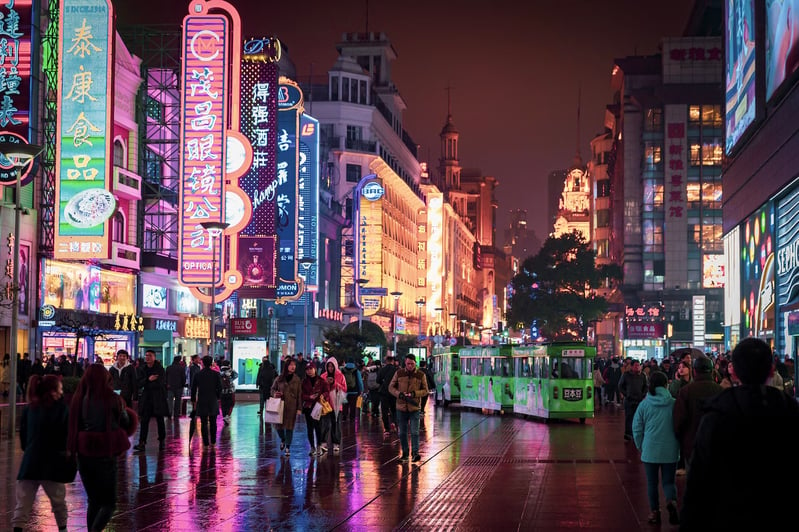It has been years since the world faced the pandemic and various measures were done to avoid further catastrophes, but we are still reeling from the socio-economic impact it brought. The good thing is, the world is on its way to recovery, especially in the Asia Pacific region. Check out the developments we're currently witnessing in the region.
China’s outbound tourists
Just right before the borders were shut down in the pandemic, the Asia Pacific region saw over 260 million tourists, with many coming from China. This created a tourism industry that employed nearly 190 million people in the region. When China shut down and banned international travel, the industry halted to a grind and is still yet to recover to this day. China’s lockdown left a void in the international tourism industries across the regions, affecting not only resorts, hotels, and restaurants, but also foreign currency reserves.
Two years after the country closed its borders, China lifted its international travel restrictions in the early part of 2023, following its stunning reversal of domestic COVID-19 control measures. The effects of this lifting are still in progress, as other countries impose new testing requirements for tourists from China, and the tourists themselves are still reeling from the financial effects of the pandemic, so it will be quite a while for Chinese international tourism to pick up the pace once more.
Southeast Asia’s rising digital economy
According to a report from Google, Temasek, and Bain & Company, the digital economy coming from the so-called ‘ASEAN-6’ comprised of Indonesia, Malaysia, the Philippines, Singapore, Thailand, and Vietnam, was expected to reach a gross merchandise value (GMV) worth USD 200 billion by the end of 2022, and a possible GMV of USD 330 billion by 2025.
This growth can be attributed to the rising number of new internet users in the region, estimated at around 100 million. The pandemic directly affected the growth of the internet economy in the region as well, as restrictions and lockdowns essentially moved offline activities such as shopping and watching movies to online. This digital transformation ushered investments and growth in the region, offering opportunities in the digital financial sector since most of Southeast Asia’s population is still unbanked or underbanked. Digital payment services from WeChat and Gcash are slowly becoming the standard payment services in the region.
Catching up with the AI trend
Artificial intelligence has become one of the emerging trends right now, as demonstrated by the image generator Midjourney and chatbot ChatGPT, and will become a point in several upheavals across industries in Southeast Asia. Firstly, AI tools will either augment or replace personnel with similar skills – technical writers, for example, are getting worried about being replaced with AI.
Secondly, there is a persistent talent gap in the region, and this will drive 55% of IT organizations to invest in AI skills this year to run automated IT operations and to provide support to businesses adopting AI and automated solutions. Both business process outsourcing companies (BPO) and the freelance economy, both of which are prevalent in the region, are starting to use these tools. The changing market dynamics since the onset of the pandemic continue to push businesses to take a disciplined approach to scale AI projects to augment performance and output.
Construction boom across the region
The construction equipment market in the Asia Pacific region is forecasted to grow by more than USD 19,239.15 million from 2022 to 2027, with a compound annual growth rate of 5.09%. The growth is directly linked to increased investments in infrastructure across countries, as well as the rising number of so-called smart cities and increased residential and commercial construction activities.
One of the biggest examples is Indonesia’s plan to move its capital from Jakarta to Borneo. Indonesian president Joko Widodo declared that Nusantra will become the capital in the first half of 2024, with more than 16,000 civil servants, police, and military officers moving in. Currently, there are 7,000 people working onsite to complete the primary infrastructure, with thousands more moving in later this year.
Get to know more about Asian culture with our other Eye on Asia entries! We got stories on South Korea's growing sleep debt and Singapore's emerging lab-grown food industry. You can check out our additional insights in episode 12 of our Eye On Asia podcast. See you at the next one!


 Download Panel Book
Download Panel Book


